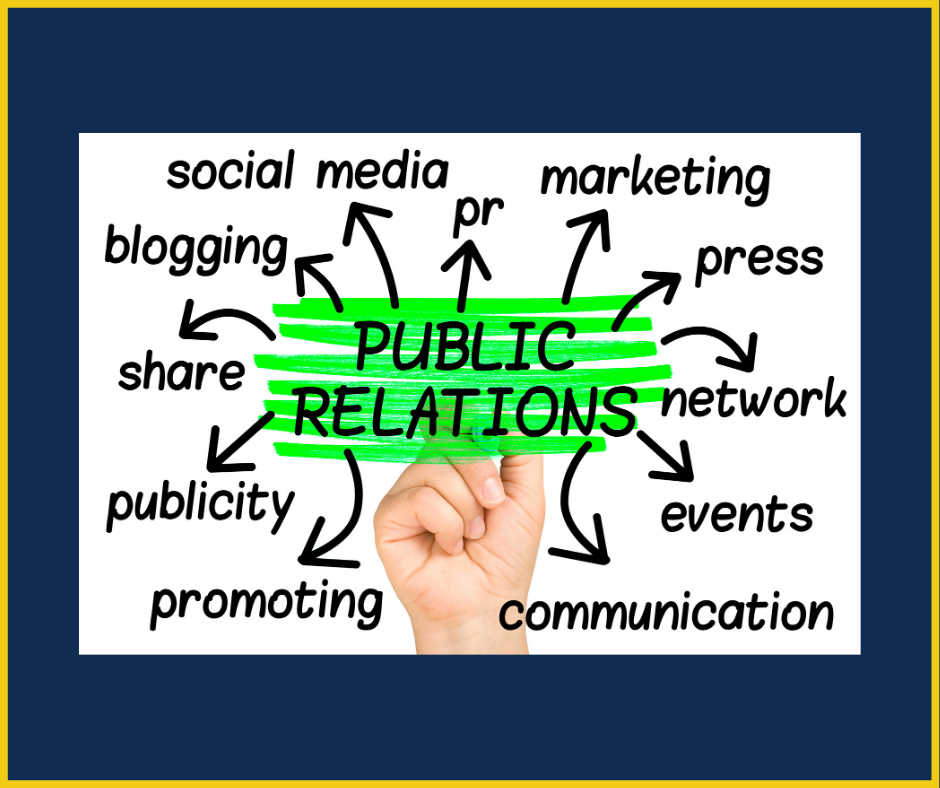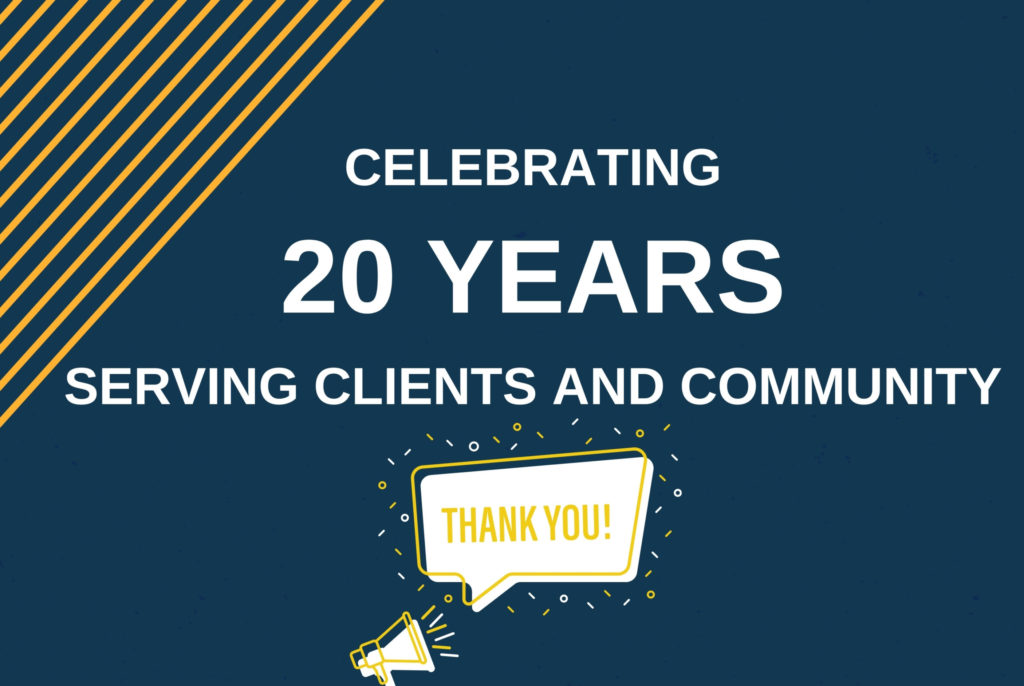 Two companies that provide industry media directory and distribution services for media relations in the PR business released reporter surveys recently. This data is collected annually and examines reporter perceptions and preferences. These are international surveys.
Two companies that provide industry media directory and distribution services for media relations in the PR business released reporter surveys recently. This data is collected annually and examines reporter perceptions and preferences. These are international surveys.
I took time to join a Zoom call to dig deeper into one study and have read the second a couple of times to compare and contrast the data side-by-side. Working in this business for 25 years, I wanted to know what’s trending? What’s changed? What do reporters expect from public relations companies?
Both studies show the foundation of media relations has not changed. We counsel clients on these topics. While some data gets into society’s perceptions of reporters, my review pertained to best practices to get client stories placed. The data provided supports the recommendations and processes we undertake with clients:
Reporters like news releases
The survey shows 36% of reporters (Cision) consider a news release the most useful source followed by spokespeople, email pitches, company websites and PR reps. News releases are a great tool. I’ve referred to these as direct mail to a reporter. Once they read the news and want more that’s when interviews, websites and PR reps come into play. Pitching is addressed below.
Avoid jargon
Nearly 15% of journalists (Cision) responded avoid jargon when queried how to make a news release relevant. Reporters are strapped for time and always on deadline. Keep the language simple, clutter-free and easy to understand.
Know who you’re pitching
I compare media pitching to sales. A consumer business isn’t going to be interested in buying component parts for manufacturing. That just doesn’t go together. Researching and creating a targeted and strategic media list is critical to any media relations campaign. This step often takes the most time, but pays off in the long run.
Know the news hook
Some 17.5% of reporters want the hook in the news release. Why do their readers care? The hook could be something fun such as a celebration day, event that’s open to the public, local fundraiser, for example. If it’s business oriented, what’s the impact to the reader? Think trends. A recent example we’ve been managing is cargo congestion and the impact to us consumers. Short-term we’re seeing rising prices.
Keep pitches brief via email (up to 200 words)
This is easier said than done. It’s also something all PR pros struggle with. Done well it makes impact with 61% of journalists (MuckRack) saying a quarter of their stories are the result of pitches. How short is too short? Including links (it’s always a conundrum whether or not to click a link) or offer links? What’s a great subject line on the email? The number one communications tool for a pitch is email with 94% (MuckRack) of journalists replying it’s their preferred method.
Impact of social media
Reporters tend to congregate on Twitter. Following, liking and linking to reporters who cover your business, industry or nonprofit is a good first step. While not every post will be business from them, their tone gives a sense as to who they are. Some reporters are very serious, others toss out funny comments. Reporters do say one of their top concerns is how social networks and influencers bypass traditional media, 18% (Cision).
It’s about the relationship
While neither study asked this question, PR pros agree, the relationship is critical to the pitch and placement of a story. I have reporters who I can simply text a pitch and get a response within an hour or two. Our long-standing relationship is years in the making and built on trust and responsiveness. These reporters have told the professionals in their newsrooms to call me when something is needed. When I’ve heard those words, I’m humbled. That means I’ve done my job to create a good reputation.

 These quarterly discussions give reporters from around Indianapolis a chance to share how they want to hear from public relations firms. We call it pitching (or providing information for a news story). It’s a good opportunity to listen to what reporters need and how to work with them.
These quarterly discussions give reporters from around Indianapolis a chance to share how they want to hear from public relations firms. We call it pitching (or providing information for a news story). It’s a good opportunity to listen to what reporters need and how to work with them. This year is certainly one we want to forget but will always remember. The New Year is certainly uncertain. Yet business continues. If you’re thinking, “How do I keep the business momentum? Or saying, “Let’s hope next year is better.” Remember this:
This year is certainly one we want to forget but will always remember. The New Year is certainly uncertain. Yet business continues. If you’re thinking, “How do I keep the business momentum? Or saying, “Let’s hope next year is better.” Remember this:
 In May, the Indianapolis chapter of the Public Relations Society of America hosted a Meet the Media panel. Four journalists (see right) answered questions about how they and their colleagues continue to work (from home) during this time. During the hour-long Zoom call they offered what I will call “great reminders” about the foundation of media relations and great relationships. Bottom line, the basics still apply regardless of where reporters are working.
In May, the Indianapolis chapter of the Public Relations Society of America hosted a Meet the Media panel. Four journalists (see right) answered questions about how they and their colleagues continue to work (from home) during this time. During the hour-long Zoom call they offered what I will call “great reminders” about the foundation of media relations and great relationships. Bottom line, the basics still apply regardless of where reporters are working.